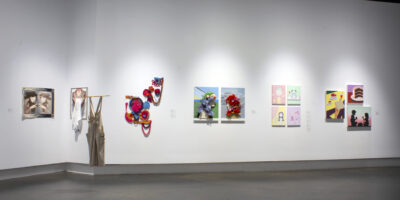Everyone knows that the Faculty of Engineering at the University of Waterloo does not care for art (and rightly so!). The mere mention of “arts” in a sentence sends many students into a screaming and arm-flailing frenzy. I, however, bravely venture into this dangerous territory to gather information for my Iron Warrior assignment.
The Science Daily recently published two articles regarding research conducted by two European universities (Netherland’s Tilburg University and Germany’s Max Planck Institute) related to the use of computer algorithms to analyze pieces of art. Finally! Someone, probably not a UW engineer, cares about art! While the Tilburg University geared their algorithm to a more practical application, the German University claimed that their new algorithm could understand and rate compositions from any artistic period. I don’t know about you, but somehow the idea of an algorithm “understanding” art did not sit right with me.
Determined to gather more information, I decided to conduct some research of my own to learn about the basic premises for both of these research ventures. The purpose for the Tilburg University algorithm was to assist the art historians in distinguishing between authentic works of art and fake imitations by comparing the physical attributes of the subject matter to other works created by the same artist. However, the German University strove to quantify the aesthetics and categorize an assortment of artworks.
All I can ask now is: “What’s the point?” Is it really necessary to introduce innovation into a field that is already established? Maybe, such questions should be asked before embarking on such tedious (and sometimes expensive) initiatives. Furthermore, promoting progress for progress’ sake is not only incredibly misguided, but also hinders the advancement of other beneficial endeavours.
It is safe to say that the universal belief of creating a shared academic entity has been challenged over the last few days. Forgive me for using this cliché term but the ideas discussed above represent the classic “trying to fix something that isn’t broken” scenario. I strongly suggest that these researchers and computer programmers should stick to what they know and stop pretending to be informed about the Arts.




Leave a Reply